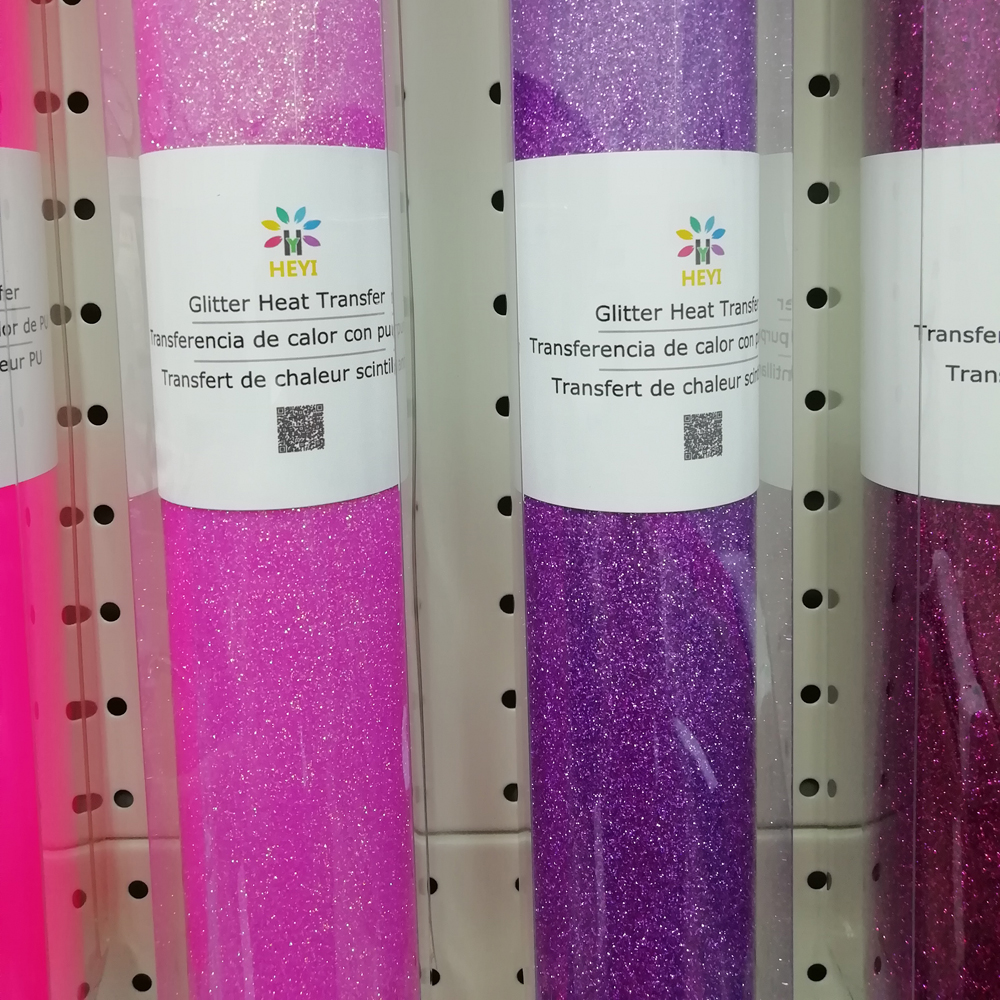The world of affordable vinyl has opened up hundreds of projects for crafters, activity planners, marketers, business owners, and creatives. However, the success of those projects relies on choosing the right type of vinyl. When it comes to heat transfer or adhesive vinyl, which one is the better choice?
The answer is: it depends. Both applications have differences, pros, and cons. Whether you choose to heat or adhesive is completely dependent on the desired end result of your project. That being said, however, there are times when heat should definitely be chosen over adhesive and vice versa. This blog explains the differences between heat and adhesive vinyl and shows you when to choose one over the other.
What is heat transfer vinyl?
Heat transfer vinyl uses heat to transfer images printed on it to a surface. This type of vinyl is almost exclusively used for projects involving fabrics. The most common application is DIY t-shirts, iron-on patches for jeans or jean jackets, and custom graphics on hats or kerchiefs.
What are the pros and cons of heat transfer vinyl?
There are many good things about heat transfer vinyl, and there are also a few cautions to keep in mind.
Pros
Easy to make smaller projects using common heat sources like iron or press
Fast, affordable, and fun
Customize t-shirts or another wearable for your family, your clients, or your team
High-quality heat transfer vinyl withstands washing and wearing without prematurely cracking or fading
Cons
Not a suitable project for young and/or unsupervised children
Risk of burns due to the heat source
Low quality heat transfer paper does not create lasting designs
It can take a couple of tries to learn how to properly use the heat source to get a great looking design
Not suitable for bigger DIY projects like a single large graphic on a blanket
Can you enhance heat transfer vinyl?
There is little you can do to the transfer paper to improve or change it. Your best bet for a colorful, vibrant result is to use a good printer and a good fabric. Ensure your printer is full of ink and choose heat transfer sheets that are formulated for light or dark fabrics.
Common applications of heat transfer vinyl
The most common applications of heat transfer vinyl are:
Custom t-shirts and other wearables
Decorate soft cloth purses or tote bags
Personalize soft (flat) toys like cloth animal cutouts
Enhance homemade cloth busy books for toddlers
What is adhesive vinyl?
Adhesive vinyl is sheets that are cut and used for a great variety of applications such as decals, murals, and décor. A heat source is not required to set the vinyl. Instead, it is moved and set with transfer tape, or formulated to adhere to a surface after the protective backing is removed. These sheets are for cutting only – they are not printable.
What are the pros and cons of adhesive vinyl?
There are many pros to using adhesive vinyl and very few downsides.
Pros
Different types of adhesive vinyl mean you can get removable or permanent applications
Easily accessible for DIY projects
Affordable
Unlimited potential! The projects you can make with adhesive vinyl are only limited to your imagination
Cons
Not suitable for long term wearing and washing on fabrics
If you choose the wrong type of vinyl, the results won’t last. If you choose permanent when you needed removable, your results will last longer than desired!
Cling-style vinyl is prone to bubbling and must be smoothed down during application for the best effect
Different styles of adhesive vinyl
There are differences in the vinyl itself, and in the adhesives used to set it. Some vinyl sheets require transfer tape, while other types come with pre-set adhesives protected by a backing sheet.
Different vinyl types
Cast vinyl: used for more industrial applications and is formulated to adhere to irregular surfaces like vehicle doors, concrete, and wood.
Calendared: multipurpose vinyl for more common and DIY applications such as window decals
Different adhesives
Cling the most common style, easy to use, easy to release, and reposition.
Permanent: a strong adhesive designed to stay put for the long term. Ideal for outdoor use
Removeable: the strength of the adhesive is less than permanent but more than cling
Air release: designed to release air during installation so the graphic lies flat and does not bubble
Can you enhance adhesive vinyl?
Adhesive vinyl comes in a variety of colors, but you can also get sheets in finishes such as holographic, glitter, glossy, matte, reflective, fluorescent, or pre-patterned. Do not add any type of coating on top of the sheet before you cut it, and do not tamper with the adhesive. Instead, to get your desired end result, plan your project carefully then select the color and finishes you need.
Common applications of adhesive vinyl
Window decals
Signs
Designs on resorted furniture
Advertising
Crafting
Interior design
Murals
Vehicle signs
CONCLUSION:
The decision to use heat transfer vinyl or adhesive vinyl comes down to the type of project you wish to make. One is not better than the other unless your project is fabric-based, which is more suited to heat transfer, or hard surface-based, which is more suited to adhesive.
When using heat transfer vinyl for DIY projects, make sure you are using a good-quality home printer that is fully stocked with ink or toner. Printers use a mix of magenta, cyan, yellow, and black as the basis of every color. If your printer is low on one color, you can compromise your design. Safety first! Be careful around the heat source. Never let children use heat transfer vinyl unsupervised and if using an iron, ensure children and pets don’t tug on or play with the cord.
Adhesive vinyl is non-printable. It is cut to make décor, signage, logos, etc., and clings to the surface of your choice. The variety of adhesives and colors/finishes makes it easy to create elaborate projects of all kinds. A very common use for adhesive vinyl is window decals, such as what you see for removable Halloween, Easter, or Christmas decorations.
Royal Elements sells high-quality heat transfer and adhesive vinyl for your DIY projects. Our vinyl is premium quality and guaranteed to provide outstanding results when used according to the instructions. Our heat transfer paper, in particular, can be purchased for light or dark fabrics and is guaranteed for long-lasting results even when washed, perspired in, and repeatedly worn.
We include a lot of great information and projects of all kinds to try our blog. Take a look and be inspired by the many different things you can easily do with heat or adhesive vinyl.

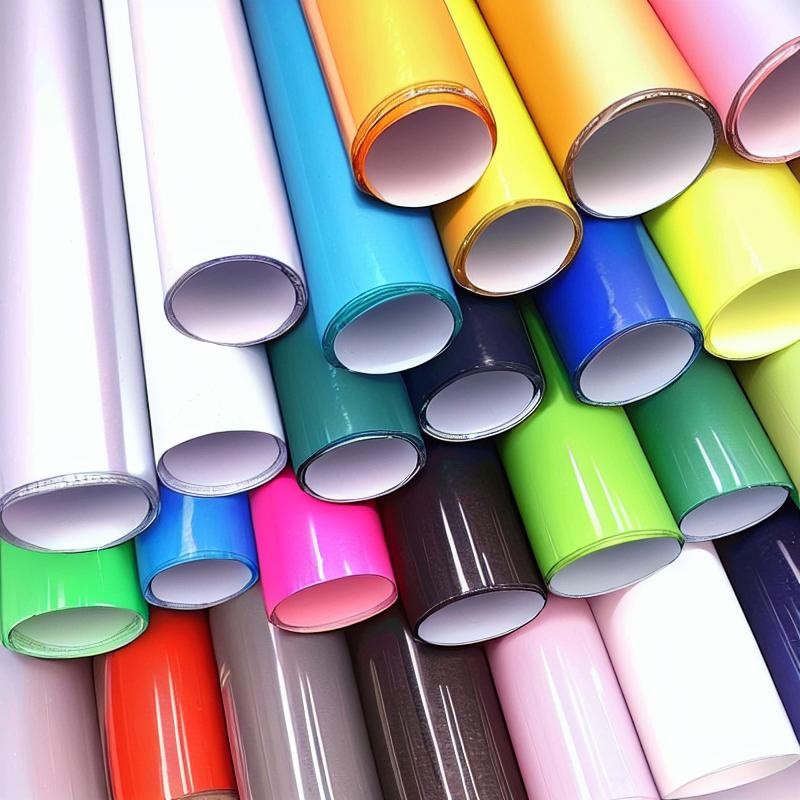
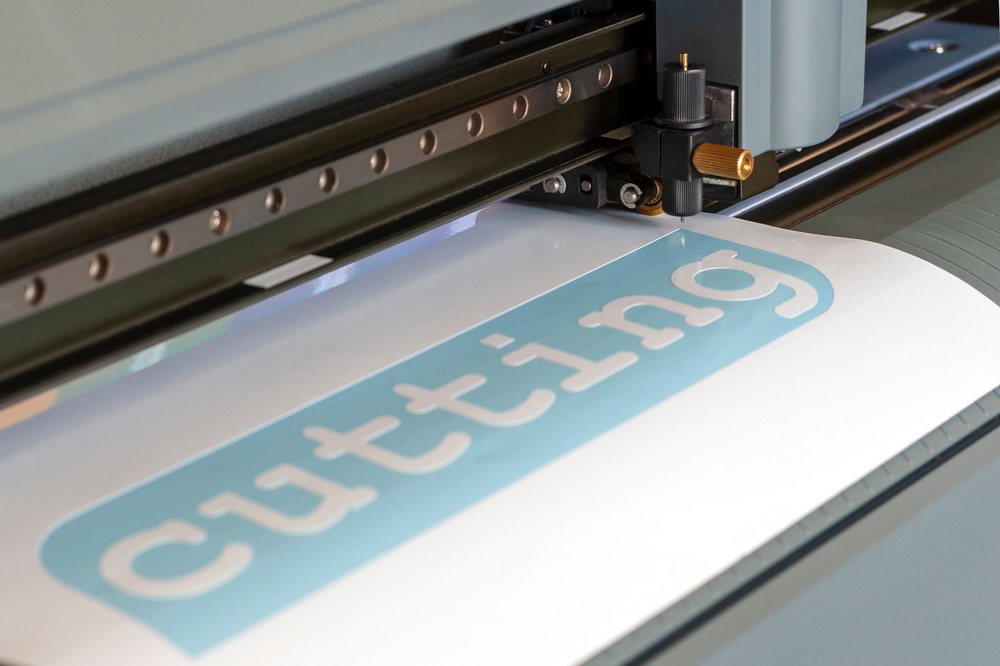
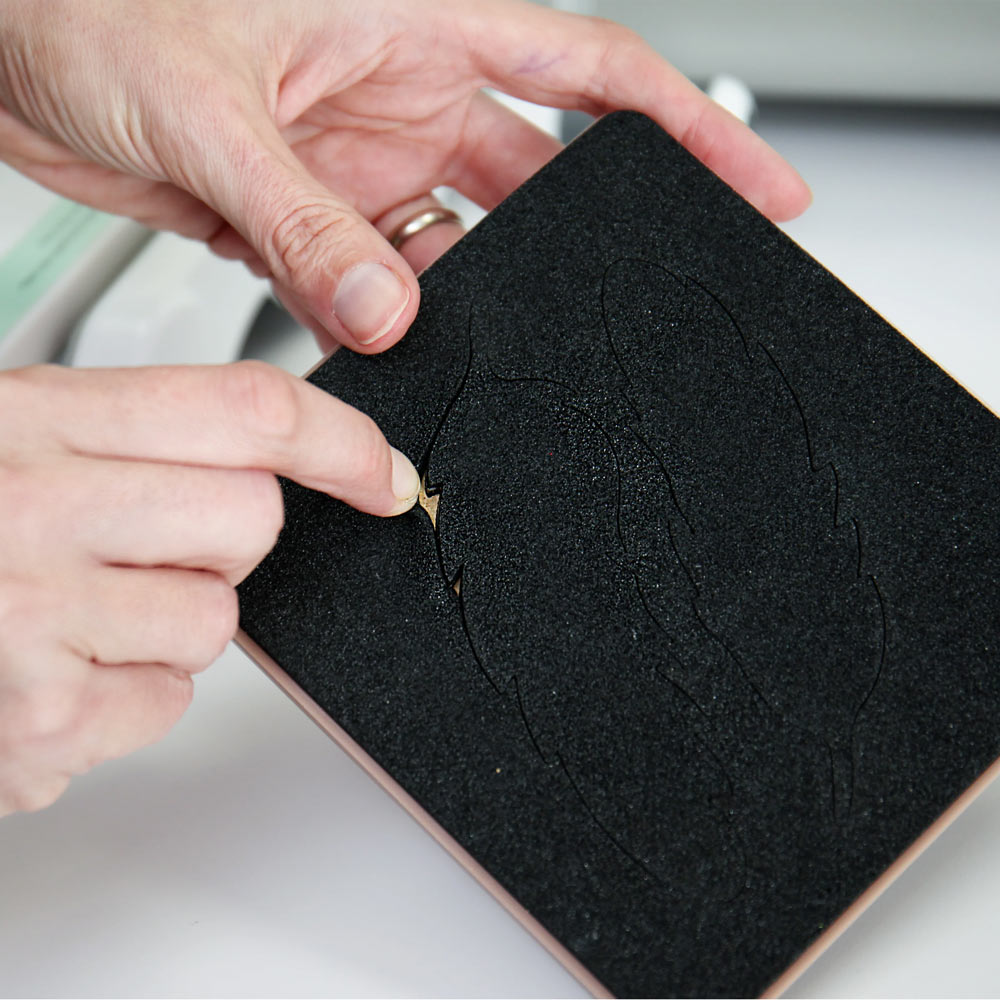
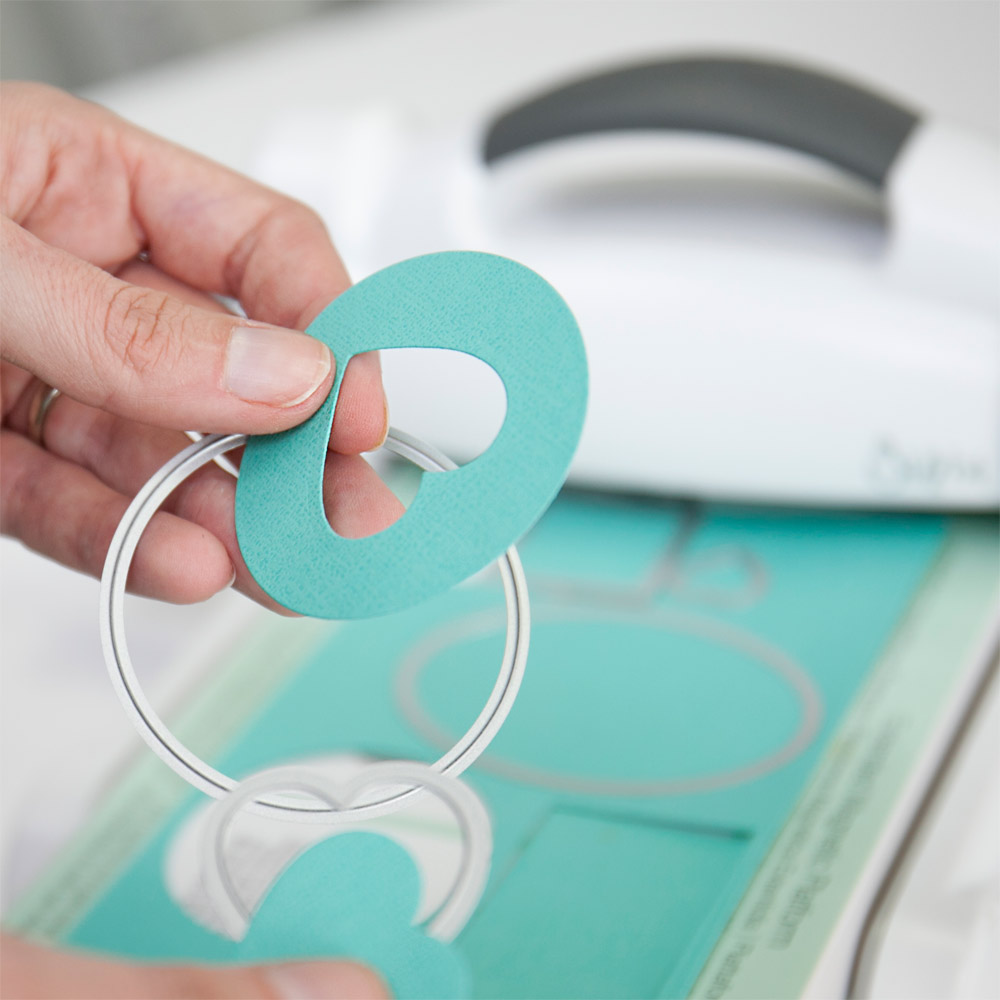
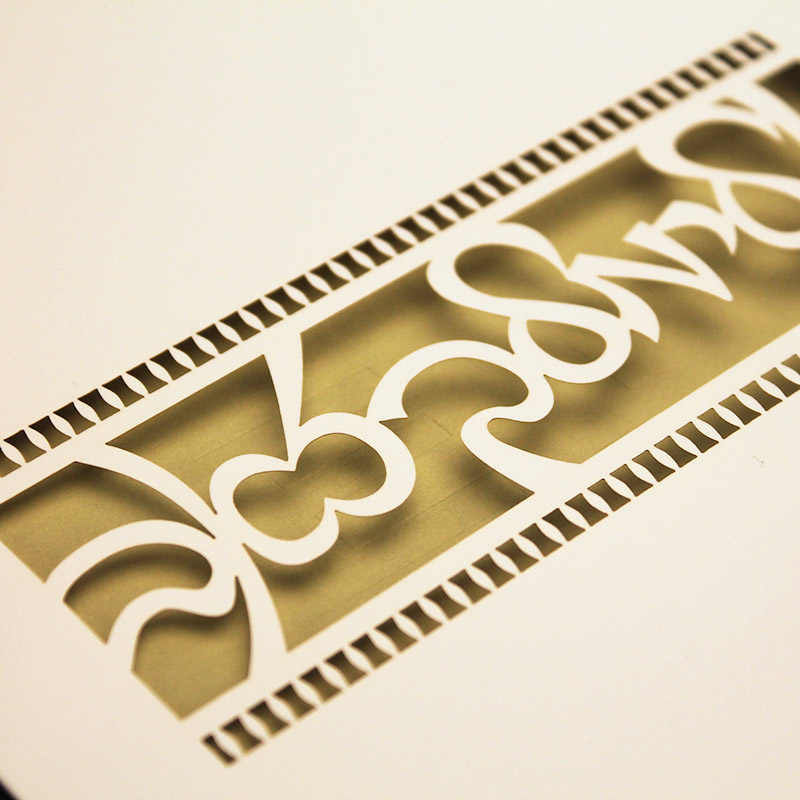

 China Import and Export Fair
China Import and Export Fair Focus On Products
Focus On Products